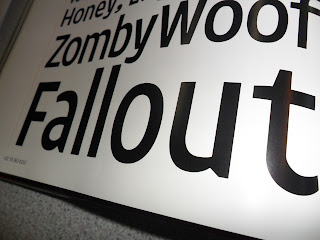Critique Exercice:
We where asked to bring in examples of work that we found inspirational. It must be the work of a type designer, illustrator, logo and photography:
Type Designer : Max meidinger - Helvetica. The typeface is sans serif typeface i love the typeface becasue it conveys no emotion or feeling it is default it communicates what is in then words content.
What is a Crit?
Why do we crit?
We where asked to bring in examples of work that we found inspirational. It must be the work of a type designer, illustrator, logo and photography:
Type Designer : Max meidinger - Helvetica. The typeface is sans serif typeface i love the typeface becasue it conveys no emotion or feeling it is default it communicates what is in then words content.
Illustrator: Mario Hugo: For the way he combines surrealist ellements with his illustration and how he renders the shapes to give the illustration depth. i feel he achieves this so well due to the use of pencil as media:
logo:
Photography:
What is a Crit?
- Critical analysis of someones work
- Stating the positive points and points of improve of a piece of work, using the feedback as an opportunity to give advise on how they could improve
- A chance to see if the message you aim to put across is communicating as effectively to everyone else
- Giving and receiving Constructive criticism
- Somewhere to share ideas, using peers works as inspiration and a chance to compare
Why do we crit?
- To receive the opinions and constructive criticism of my peers to develop myself as a designer
- Gain a better vocabulary associated to the design industry
- To Receive feedback on what changes you could make to improve, by revisiting these points I will become a much more effective designer
- To improve my presentation skills when communicating my design to an audience
D.I.E.T.
Rules of how to crit:
- Describe
- Interpret
- Evaluate
- Theorise
Questions to ask in a crit:
Questions:
- What target audience is this directly aimed at?
- What was your main inspiration when creating your design?
- Are there any messages given off by the colour choice/ any colour psychology involved?
- How would you improve your designs if given the chance?
- What is the design communicating?
- In what context would the design be put in?
- In what context would the design be put in?

























